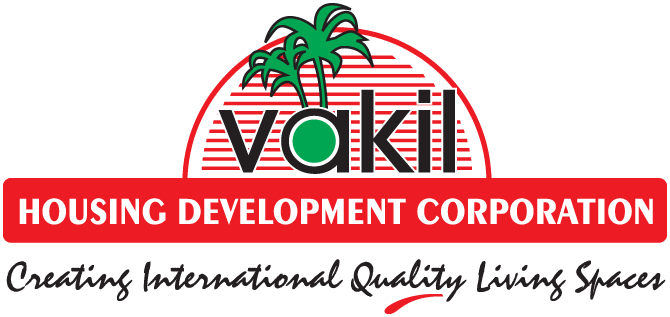Crucial Factors in deciding between Fixed and Floating Home Loans
 If you are considering buying a home, chances are you are also taking a loan for it. Because the repaying of it all will take several years therefore it is very necessary that you research your options well and weigh the advantages and disadvantages.Broadly speaking, there are two types of home loan interest rates available in the market - Fixed interest rates and Floating interest rates.
If you are considering buying a home, chances are you are also taking a loan for it. Because the repaying of it all will take several years therefore it is very necessary that you research your options well and weigh the advantages and disadvantages.Broadly speaking, there are two types of home loan interest rates available in the market - Fixed interest rates and Floating interest rates.
Fixed home loan interest rates
These days fixed interest home loans are not encouraged by Banks & Home Financial Institutions. Even in rare cases where it is available, the fixed interest is limited to first 2 to 3 years only.As the name suggests, fixed home loan interest means that your interest will be fixed and so you will have to pay the same amount of monthly instalments through the entire period of the loan. The interest rate remains unaltered irrespective of how the markets change. During the early months, the instalments go on to clear the interest amount and in the later months the principal is served.
Benefits
The benefit of such loans is that because the interest rate is fixed, even if the market pressures push the interest rates to higher levels, the borrower pays the same predefined amount to the lender. This feature brings in predictability and certainty into the loan repayment and hence fixed rate is ideal for those who are strict planners.
Drawbacks
The major drawback of fixed home loan interest is that it is usually 1-2.5% more than the floating home loan interest rate.Secondly, if at any time the interest rates of the market decrease, the fixed home loan interest rate remains (surprise surprise!) fixed. Hence the borrower will have to repay the same pre-determined amount.Another important concern is whether the interest is truly fixed or is fixed only for a few years. You should ascertain this with the lender before signing any papers.There are many home loans in the market masquerading as “fixed” when they actually are set to change after every few years. Such interest rates obviously wipe off the very spirit of fixed interest rates.The wise thing to do is to analyse the market and if the prediction indicates that interest rates will go up, then go for a home loan with a fixed interest rate; if not, go for a floating interest rate which brings us to the next section!
Floating home loan interest rates
In this case, the interest rate does not remain fixed but varies (or "floats") over time depending up on the market conditions.
Benefits
Their biggest benefit is that they are 1-2% cheaper than fixed interest rates. So if you have a floating interest rate at 10% while the fixed loan is available at 13%, you still save money if the floating rate goes up till 3%. And by the way, although the floating rates may go beyond the fixed rates but that won’t happen for the entire tenure of loan but for some period. The interest rates will surely fall off over a long period of time and hence will bring in a lot of savings when compared to the fixed rates.
Drawbacks
The main drawback is the uneven nature of monthly instalments. There have been incidents that when the floating rate hiked the borrowers’ EMIs went so high that their entire planned budget broke down.But wait! Here is an interesting fact! More than 90% of the borrowers choose floating interest rates as they think that will save them more money!So the choice is yours! And do drop in with some insights and feedback on what you find a better option.
